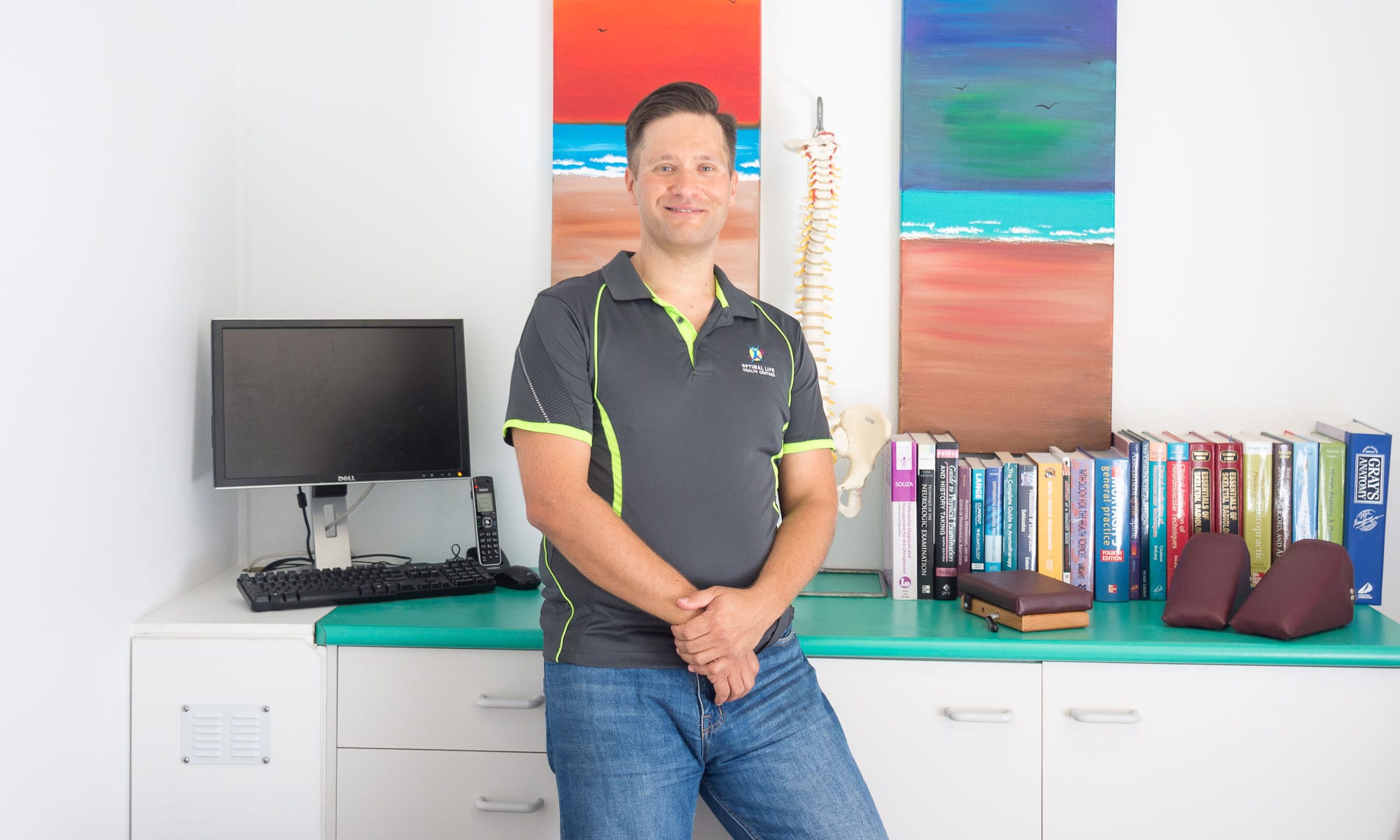The Wellness & Prevention Paradigm
Your paradigm is your "map," your "lens," your "model of the world"
I love introducing people to the Wellness & Prevention Paradigm - a BETTER way to think and act for your HEALTH!
In the field of healthcare there are two primary paradigms that in some ways compete with one another for pre-eminence – the dominant paradigm underlying much of current ‘healthcare’ and the wellness & prevention paradigm that offers a different perspective.
This wellness-focused paradigm underlies what I recommend and do with the people I see…
The paradigm of healthcare you accept both influences (and is influenced by) your philosophy of health – together, they gives rise to the model of healthcare you choose!
The word "paradigm" was given its current, modern meaning by an academic historian named Thomas Kuhn in his work: "The Structure of Scientific Revolutions"
For an explanation of what a paradigm is, see this article here
As the process of science continues to advance, newer paradigms replace older ones when they begin to ‘fit’ our observations of the world better than their predecessor/s - it's high time this process begins for a Wellness paradigm
A distinct model of what you perceive to be reality. It is your ‘worldview’

What are the primary differences between the two paradigms?
Let’s compare and contrast the Wellness & Prevention Paradigm with the alternative.
The counter-vailing paradigm, the current mainstream approach actually underlies much of the current, dominant approach to ‘healthcare’ and the practice of medicine. We can name it a ‘sickness and treatment’ paradigm (and it is useful to know that it is linked to a philosophy of health called ‘Allopathy’ – an allopathic view of the world!
Wellness & Prevention paradigm:
- Focus on self-responsibility and self-care (lifestyle choices)
- Awareness that health comes from ‘inside’
- Your body is self-healing
- Holistic, “whole-of-person” care
- Health and wellbeing is multi-causal (systems thinking)
- Regular, ongoing consultation with health coaches and supports
- Focus on function
- Focus on improving what is working well
- Addressing REQUIREMENTS for an ideal life
- Always working to be better.
Sickness & Treatment (Allopathy) paradigm:
- People relinquish their responsibility for health to ‘experts’ in white coats
- An outside-in approach (you need a drug, fix or cure to be healthy)
- Your body is weak and destined to breakdown
- Focus on reductionism – diagnosis of that ‘one problem’
- Seeking a singular cause-effect relationship
- Only see a doctor if you have a ‘problem’
- Focus on symptoms and disease
- Treating the problem – once the symptoms are gone, you’re healthy
- Only doing what is necessary to NOT be sick
- Maintaining the ‘status quo’ – “if it ain’t broke…”
In my view, the Wellness & Prevention paradigm is a more comprehensive, better and more valid way of looking at health and healthcare.
It’s my contention, belief, and thesis that this newer paradigm needs to be accepted and fully implemented throughout our world.
What is wonderful about the Wellness & Prevention paradigm is that it has ‘space’ within its constructs where it is able to absorb and accept any elements of the previous paradigm that still have value; unfortunately the same cannot be said in reverse for the Allopathic ‘sickness and treatment’ alternative.
A paradigm shift becomes a wholesale change. The older model is eventually completely abandoned in favour of the new paradigm.
The vast implications of shifting to this paradigm has been explored and expressed very well by my colleague
Dr James Chestnut, in his book - "The Wellness & Prevention Paradigm" - highly recommended reading!
A reminder that both your chosen philosophy and paradigm determine how you define terminology to describe your model of the world – in this case, the ‘world’ of healthcare. In my role as a health professional, terms like ‘HEALTH,’ ‘SICKNESS’ and ‘HEALTHCARE’ have different meanings based upon this paradigm compared to what they might mean in the Allopathic model – see more below:

Learn more about the broader ‘macrocosm’ concept of a paradigm by following this link.
To review an example of a smaller component paradigm, within the broader Wellness & Prevention paradigm, follow this next link to read about a distinct paradigm of chiropractic practice – the ‘microcosm’ concept of 3rd Paradigm Chiropractic (which is also an important part of what we do).
Dr Ben’s Definition of Healthcare
Once we understand my definitions of Health and Sickness, it follows that healthcare can be defined as ANY approach or intervention aimed at helping a …
5 Critical Concepts Arising from the Wellness & Prevention Paradigm
These 5 ideas emerge from our Wellness and Prevention Paradigm. They each explore different aspects of the age-old idea of nature vs nurture – how …
The Difference Between Wellness Nutrition and Allopathic Nutrition
There are as many experts as there are ideas about nutrition – what and how you need to eat. Our approach to nutrition is influenced …











